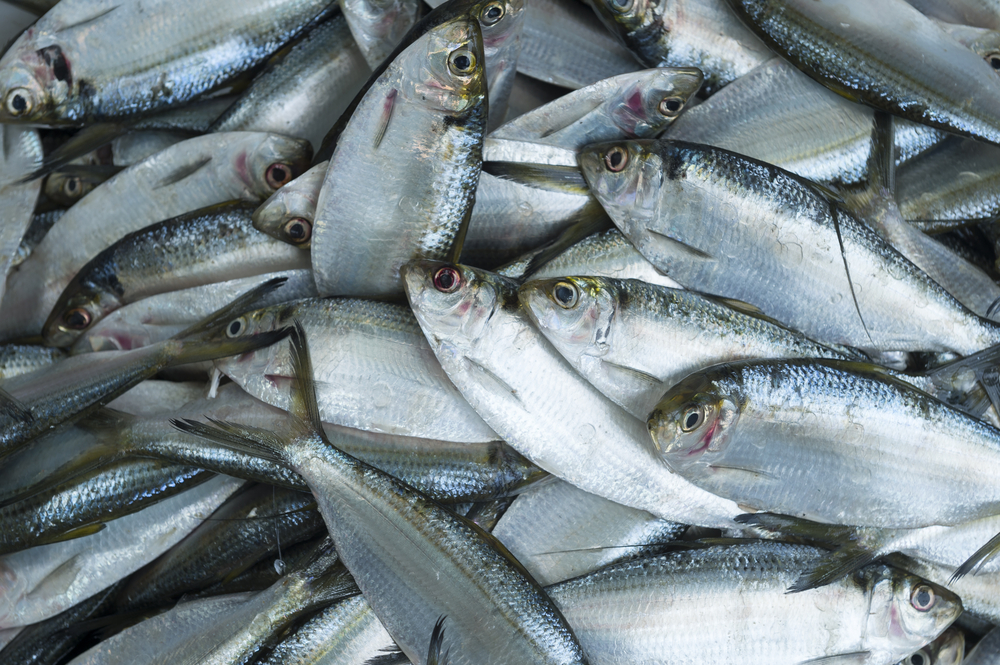
Tech solutions emerge to fight overfishing, labor abuse at sea
For decades, fishing boats have used technology to track schools of fish, leading to overfishing of species that are in high demand in the food industry. Now, groups hoping to fight overfishing are turning the tables with new tech of their own.
Illegal fishing foes are creating apps, monitoring systems and other tech tools to catch fishing boats that are hauling up illegal catches. The new technology focuses on busting businesses that bring in undersized fish, exceed their quotas, or enter protected waters to cast their nets.
Illegal fishing – aside from depleting fish populations and catching young fish before they have the chance to reproduce – can cost up to $23 billion a year, according to the United Nations.
Unsurprisingly, business owners willing to blatantly break fishing regulations flout other laws too, the U.S. State Department claims. The fishing industries in more than 50 countries have had problems with boat captains using slave labor to man their fishing vessels, the state department said.
The new monitoring systems and apps could also help break up those abuses, experts said.
Some of the new technology designed to fight overfishing include:
- A smartphone app created by Project Issara allows Cambodian and Burmese workers to report on working conditions. This can allow various nonprofit, government and private anti-trafficking agencies to monitor businesses with abusive labor practices. Project Issara has also launched a 24-hour multilingual hotline.
- A barcode gadget would record exactly where and when each fish was caught. Industry-wide adoption could pressure boats to remain in legal waters.
- Eyes on the Seas, built by The Pew Charitable Trusts, uses drones, satellite imaging, radar, radio signals, GPS and more to create a map of the world’s oceans. The project can track boats and identify those that stray into illegal waters or regularly pull close to other boats – as many illegal fishing networks transfer catches between vessels to muddy where they came from. Global Fishing Watch has similar goals, but relies on fishing boats’ cooperation.
- The Nature Conservancy’s Tech for Tuna projects works with fishing boats around the world to develop technology that can spot shark finning, turtle catching and hauls of undersized tuna.
Still, it’s not enough just to track the boats, said Phil Robertson of Human Rights Watch. Countries must use the data the new tech collects to take action.
—
By Olivia Harvey, Earth.com Staff Writer













